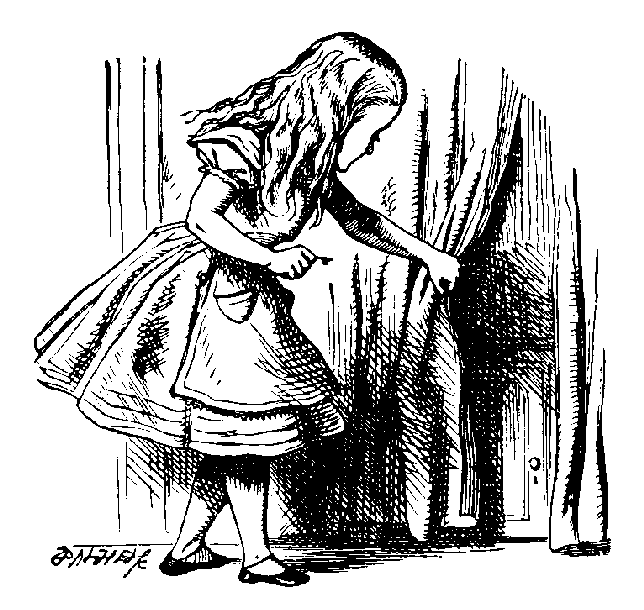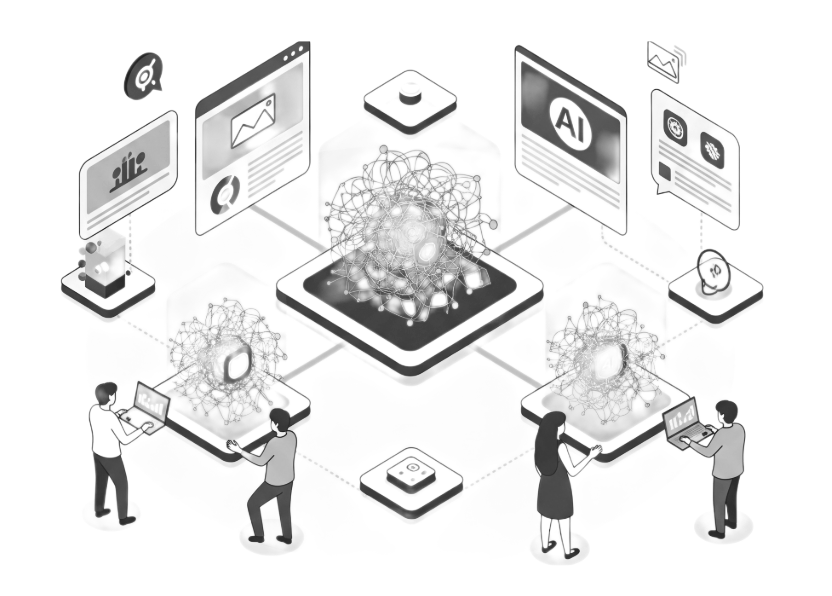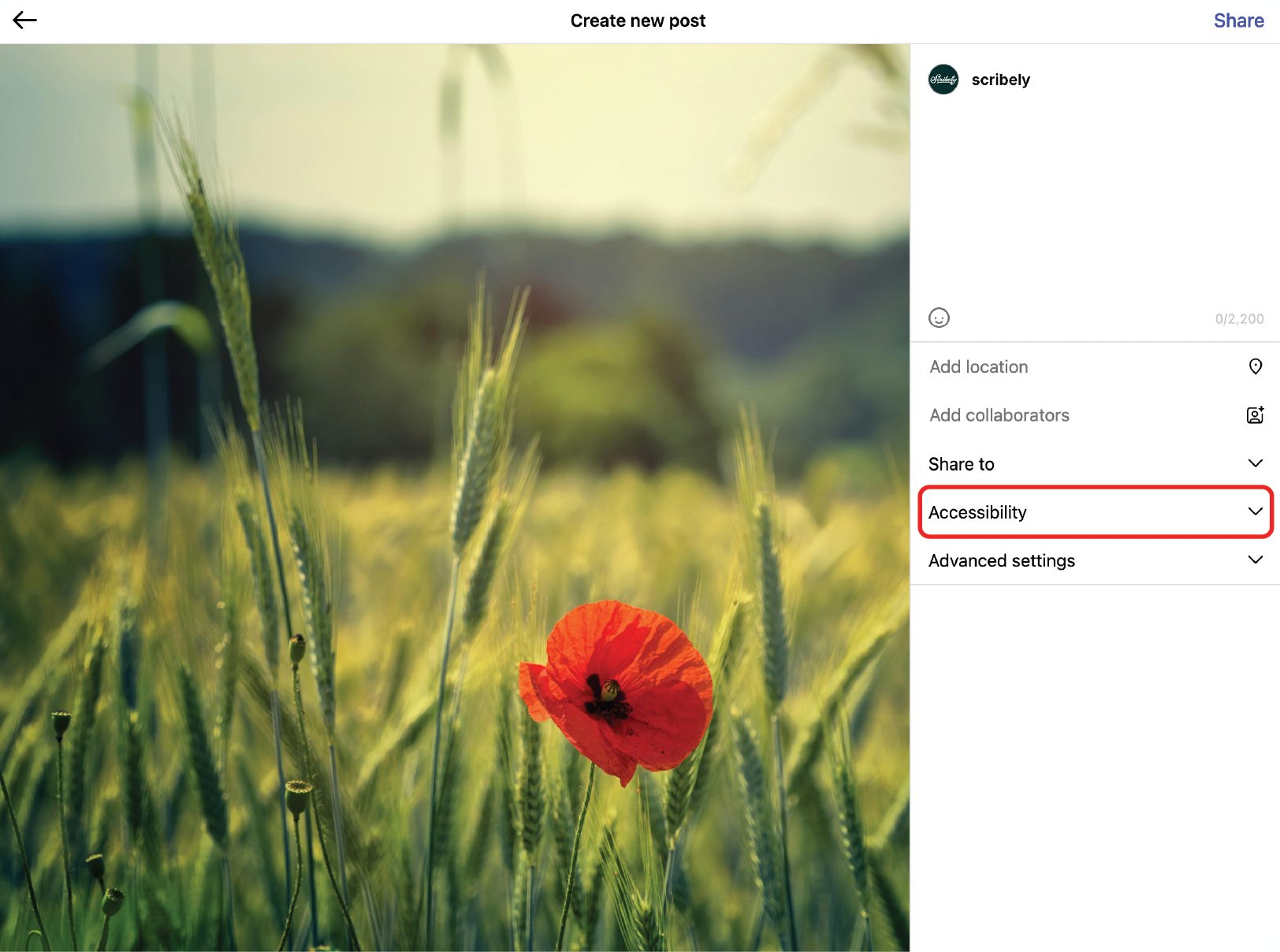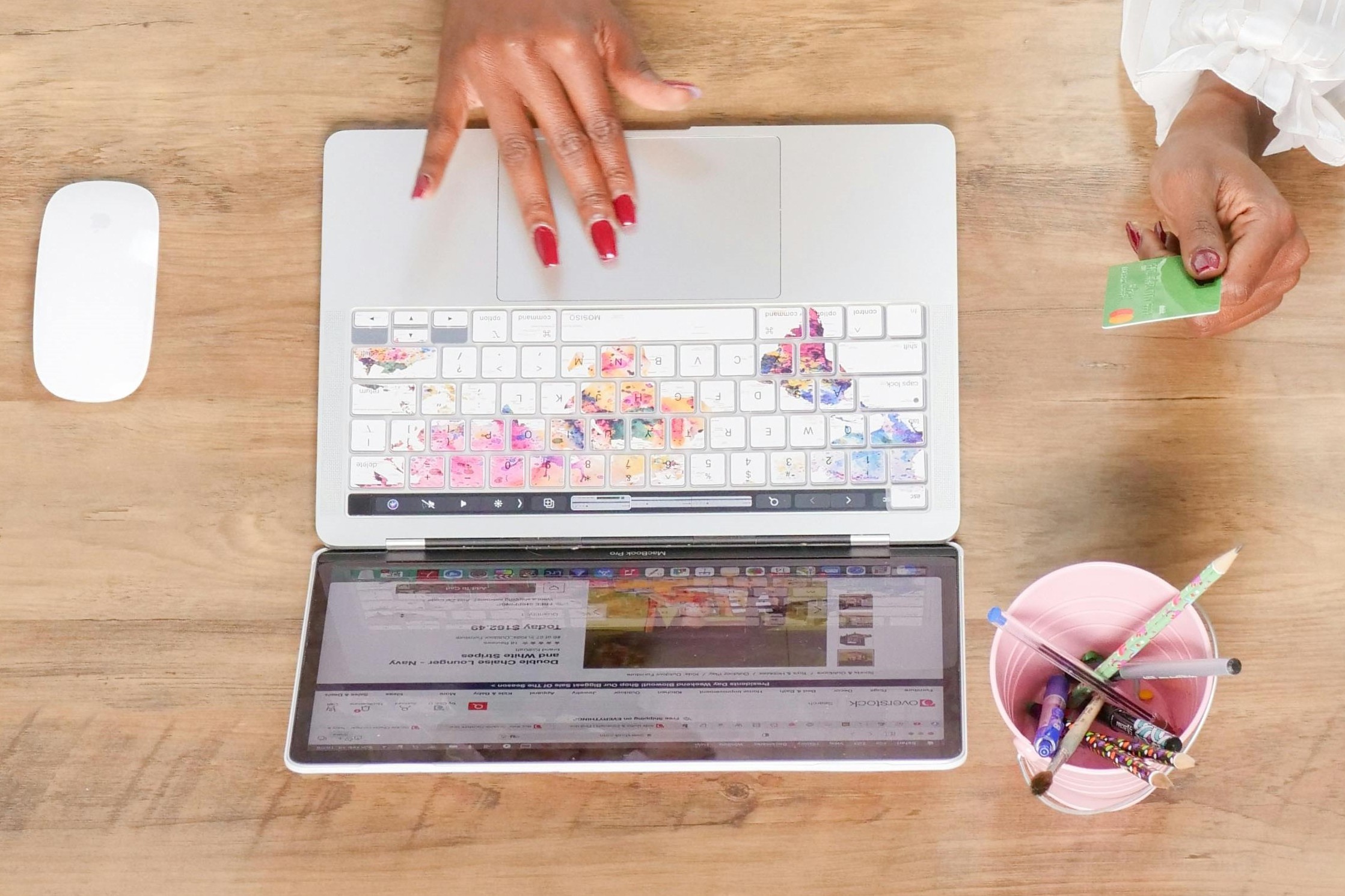Introduction
In this final series, we will identify the gaps in accessible features for news and education. It’s simple: Audio Description makes alleveryone content more accessible to. Why? It gives people more options. And more options mean more opportunities to consume content.
Previously on Audio Description…
- After facing a lawsuit, Netflix started the trend of including Audio Description for streaming services.
- Digital film has made it MUCH easier to include Audio Description (AD) in movie theaters. Fandango your local theater to see their AD capabilities!
- Live theater, including opera and ballet, uses audio describers to communicate via earpiece. Smaller venues may not have these capabilities.
- Surprisingly, even though museums and galleries have in-person virtual Audio Description tours, they do not have Audio Description capabilities!
Everyone deserves to have the same access to information.
Unfortunately, news programs and educational resources lack Audio Description options for their visuals. This means a significant portion of the population cannot access vital information.
In this final series, we will identify the gaps in accessible features for news and education. It’s simple: Audio Description makes everyone content more accessible to . Why? It gives people more options. And more options mean more opportunities to consume content.
There are solutions. Join us for one final adventure into the world of Audio Description and see how it benefits everyone!
Press Onward
To recap from our last blog – as of 2018, the FCC requires the top nine networks -- including ABC, CBS, Fox, NBC, TBS, and others -- to have 87.5 hours of described programming per year.
None of these news programs offer Audio Description.
You may be thinking: “But the news doesn’t need Audio Description.” Sure, the most important part of the news is the story itself – which is covered in detail by a news anchor. But what about the accompanying visual graphics or videos? Whether it’s a graph providing employment statistics, video footage from an award show or a before and after image series showing climate change’s harmful effects - all of these visuals enhance the viewer’s comprehension of the news.
*It should be noted that particularly violent or upsetting visuals should always have a trigger warning ahead of time so as not to traumatize anyone.*
There are a few major barriers to Audio Description:
- Live programming
- Fast-paced content
- Complex images
One solution? Since news anchors already partially describe visuals, they could provide more depth for complete comprehension or include the visual content on their website or social media accounts with proper accessibility features – captions, alt text, Audio Description. Revisit our first blog in this series for inspiration on how to incorporate AD – whether live or recorded.
Alternatively, news sources could provide recap segments with complete Audio Description for news highlights. Since there aren’t a lot of natural opportunities to insert Audio Description, the video could use Extended Audio Description which pauses content temporarily to provide an extended Audio Description (3Play Media).
Accessible News Resources
WGBH – a member station of NPR – has provided Audio Description for PBS programming for nearly three decades. Since most of their programs are documentary or news segments, Audio Description could serve as an alternative news source for blind and low vision audiences.
Radio news programs or podcasts can also provide a three-dimensional perspective on the news. Due to the radio program’s auditory nature, newscasters may already provide descriptive context for any visual or video. With the growing popularity of podcasts, there’s no shortage of news programming in this medium. Listeners can tailor the type of news they want to hear, with programs like NPR’s “(In)Accessible" or CNN’s "Business Now".
Comedy news programs also have visual graphics – often meant to be a visual punchline. The format is usually:
Verbal Set Up + Visual Graphic Punchline
The graphic’s humor may be because the image is outlandish, “punny” or a complete non-sequitur. Programs like The Daily Show and Last Week Tonight have two advantages that live news programs don’t: the luxury of time and editing. These programs often feature a summary of the top most amusing news headlines. Because their model isn’t breaking news, they have time to add in Audio Description to the final episode edit.
The challenge? Complete post production Audio Description usually takes about 1 day per 1 hour of TV. Perhaps a simple solution is including an Audio Description writer in the writer’s room so that the processes are paralleled and streamlined.
Learn By Heart
Education shouldn’t follow a “one size fits all” model. There are many different types of learners that education needs to accommodate. Research shows that adding accessibility features to educational content benefits all types of learners and Audio Description is particularly helpful. There’s only one problem…Audio Description is missing from many educational videos.
From our findings, Audio Description benefits:
- Low Vision + Visually Impaired Students
- Students on the Autism Spectrum
- Auditory Learners + Visual-Auditory Learners
- Primary School Students
- Non-Native Speakers
What does Audio Description for education include? Just like other visual mediums, it describes all of the crucial information necessary for comprehension. That means describing the different shapes of equipment in a chemistry experiment. Or, a close examination of the brushstrokes in Van Gogh’s, Starry Night.
When you put it that way...it sounds like everyone could potentially benefit.
Indeed! In a 1992 study, educational psychologist Richard E. Mayer found that information retention is most successful when visuals and audio are combined. This may be why there’s an uptick in Explainer Videos. Not only are they delightful to watch, viewers are more likely to retain the information.
Audio Description provides insight into the speaker’s emotions or motivations which helps students on the autism spectrum learn how to categorize and contextualize emotions at a young age. For scenes with overlapping dialogue or different types of sounds, Audio Description can provide clarity for moments that would otherwise be overwhelming for the viewer with autism.
Ultimately, Audio Description provides independence for many learners. As Judith Garman stated in her 2011 research study, Audio Description offers insight and understanding so the listener won’t need to seek out another person’s assistance. The same goes for exchange or international students who attend primary, secondary or higher education. Audio Description assists these students as they are learning in a different language from their own.
Teachers are always looking for new ways to engage students. Audio described content could appeal to students who have been exposed to a variety of media from a young age. And, due to its descriptive nature, Audio Description could offer a great lesson in learning how to speak and write descriptively.
From students who have visual disabilities to auditory learners, Audio Description gives more illuminating details for complex subjects. If a student misses a class, they will find that audio described educational materials will help recreate the experience of attending class in a lecture hall. Furthermore, students can use AD as a way to review information during a commute or in between classes. It simply expands everyone’s knowledge!
Break the Audio Barrier
In a world with so many choices and opportunities for news and education, it helps to have flexibility in how we consume content. With so much to do, it’s pretty difficult to find time to watch and read everything. Audio described content makes it possible to access visual content while completing other tasks.
Audio Description also highlights details that may have been missed or misunderstood. This comes in handy for complex topics like Einstein’s theory of relativity. Or, during world news reports by providing information about landmarks or customs the viewer may not have known. In short, AD enhances and expands possibilities.
That’s a Wrap
Audio Description is an important and upcoming trend in entertainment, technology, education and more. It benefits everyone including people with visual impairments to multi-taskers to students and others.
While currently there is no legal requirement for businesses and companies to implement Audio Description, it is an essential feature if companies want to meet all of their accessibility requirements.
But lawsuits shouldn’t be the reason why an organization decides to take up accessibility efforts. It should be a part of daily business operations to ensure everyone can access the content.
We hope this series has inspired you to fight for Audio Description! Even though AD is not required by law, it’s now up to individuals to bring about change. So, the next time you watch a film, attend a musical, visit an art gallery or catch up on the news -- check if they offer Audio Description. And if they don’t -- inspire them to start by sharing your expertise and requesting Audio Description! Together, we can make visual content more accessible for everyone.

Check out Scribely's 2024 eCommerce Report
Gain valuable insights into the state of accessibility for online shoppers and discover untapped potential for your business.
Read the ReportCite this Post
If you found this guide helpful, feel free to share it with your team or link back to this page to help others understand the importance of website accessibility.











.jpg)





.jpg)



























_edited_6x4-p-1080.jpeg)


